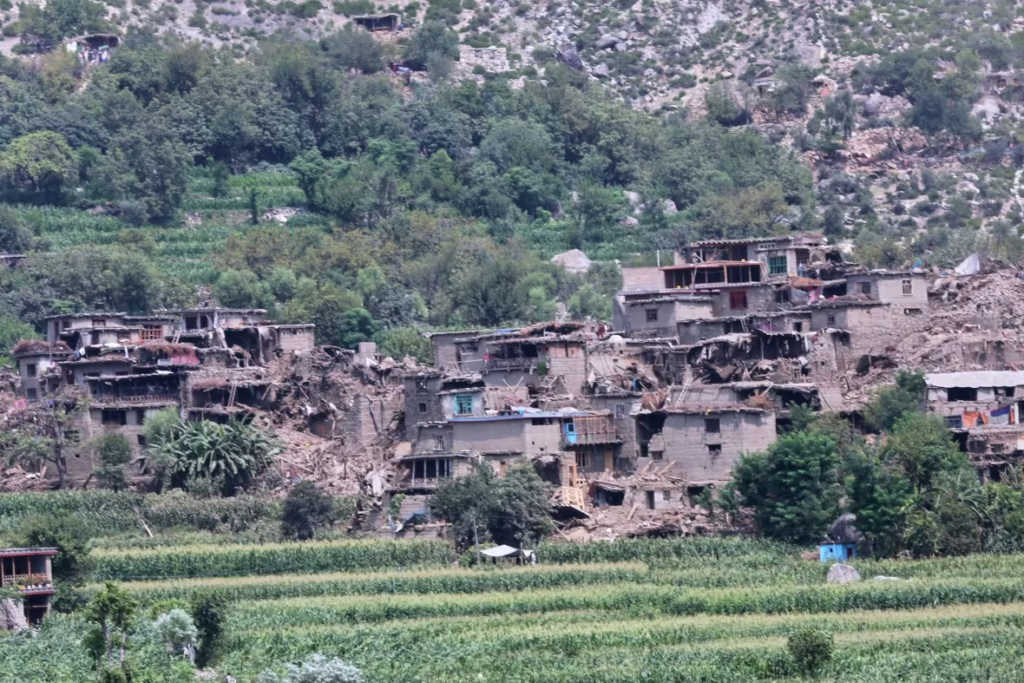
Afghanistan has once again been shaken by tragedy. A powerful 6.0-magnitude earthquake struck the northeastern province of Kunar, leaving behind unimaginable devastation. In the blink of an eye, homes collapsed, families were torn apart, and entire villages were reduced to rubble. The official death toll has already surpassed 800 lives, with more than 2,500 injured, and authorities fear the numbers could climb even higher as rescuers dig deeper into the wreckage.
Survivors Searching with Bare Hands
In the immediate aftermath of the quake, desperate scenes have emerged from villages scattered across the mountainous terrain. Survivors, many still in shock, are clawing through piles of collapsed debris with their bare hands, hoping to pull loved ones out alive. With little access to heavy equipment in these remote areas, the process has been agonizingly slow.
Villagers describe the quake as a nightmare that struck without warning. One man said the shaking “was so violent it broke our house apart, but by God’s mercy, we managed to escape.” For countless others, however, escape was not possible. Families remain buried beneath the rubble as relatives plead for help, their voices filled with fear and despair.
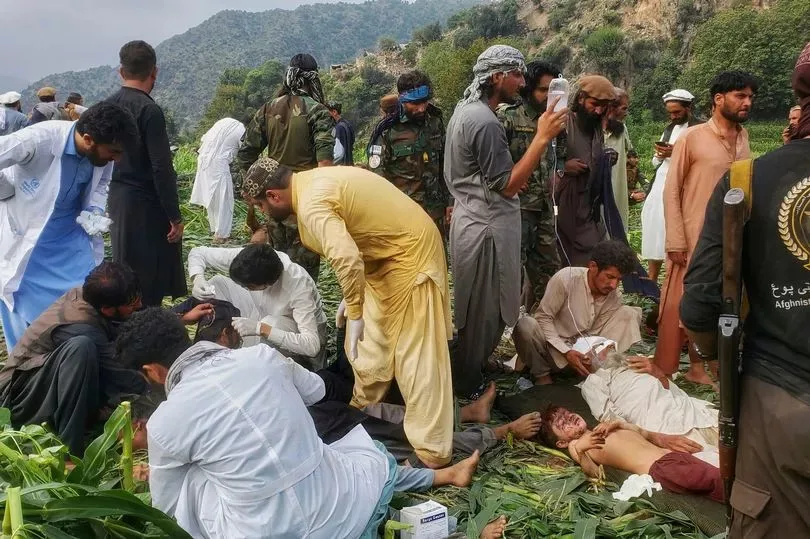
A Country Already Scarred by Earthquakes
Afghanistan is no stranger to seismic disasters. The country sits on several active fault lines, and over the years, earthquakes have repeatedly left deep scars. In June 2022, a massive quake in the southeast killed over 1,000 people, one of the deadliest in recent history. Just over a year later, in October 2023, another quake struck the western province of Herat, claiming more than 1,500 lives.
This latest disaster adds yet another layer of suffering to a nation already grappling with political instability, economic hardship, and limited infrastructure. For many Afghans, the quake is more than a natural disaster—it is a cruel reminder of their ongoing vulnerability.
Taliban Pleading for International Help
In a rare move, Afghanistan’s Taliban government has publicly appealed for international assistance. The Health Ministry has urged the world to act quickly, warning that the casualty figures will rise as rescuers reach more isolated areas.
The quake struck a rugged mountainous region, making rescue operations even more challenging. Roads have been blocked by landslides, and many villages remain completely cut off. Without immediate outside support, thousands of injured people risk being left without medical treatment, food, or shelter.
International humanitarian groups are now weighing how best to respond. Aid delivery has always been complicated in Afghanistan due to its difficult geography and the political situation. Yet the scale of this tragedy may force faster cooperation, as human lives hang in the balance.
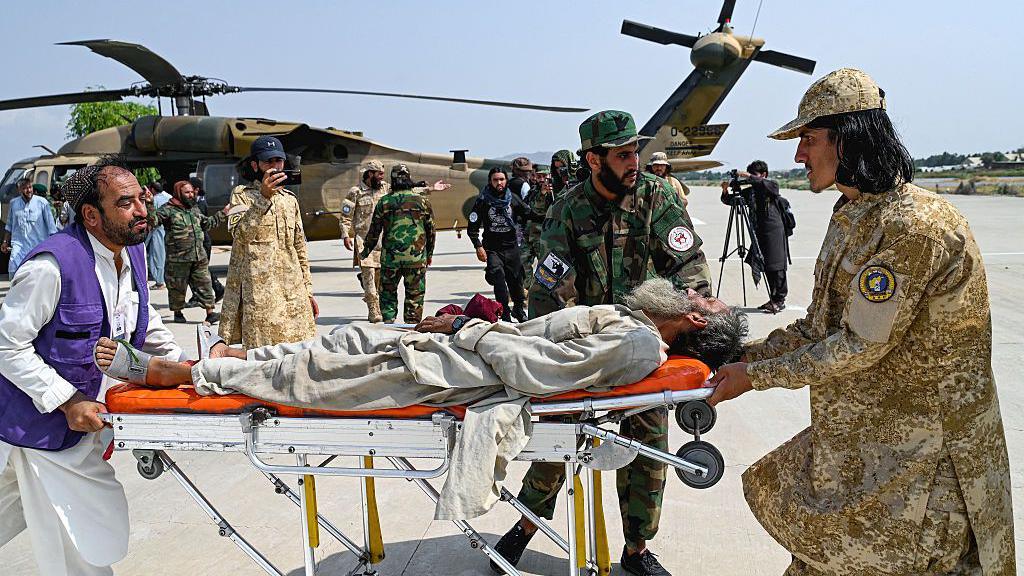
Scenes of Desperation and Resilience
Images from the ground paint a heartbreaking picture: children crying beside collapsed homes, families huddling under makeshift tents, and men and women working tirelessly through the night with flashlights and shovels. The sense of desperation is matched only by the determination of those who survived.
Despite the immense loss, Afghans are showing incredible resilience. In village after village, neighbors are helping each other search for survivors, share food, and provide comfort. This spirit of unity may prove to be the strongest weapon they have in the face of such overwhelming tragedy.
Why This Quake Is Different
What sets this earthquake apart is not just the staggering death toll, but also the timing. Afghanistan is currently dealing with severe economic sanctions, limited foreign investment, and widespread poverty. Many communities live in poorly constructed homes, making them far more vulnerable to earthquakes.
Experts warn that unless Afghanistan receives both immediate humanitarian aid and long-term support for building safer infrastructure, tragedies like this will continue to repeat themselves. Earthquakes cannot be prevented, but their deadly impact can be reduced with preparation and stronger buildings.
Global Responsibility in the Face of Disaster
The Afghanistan earthquake is not just a national disaster—it is a humanitarian crisis that demands global attention. More than 800 lives have already been lost, and thousands more hang in the balance. The Taliban’s plea for help should serve as a wake-up call for the international community.
Whether or not governments choose to engage politically with Afghanistan, the people of the country are the ones suffering. Innocent families who have lost everything cannot wait for politics to play out. They need emergency aid, medical supplies, and shelter now.
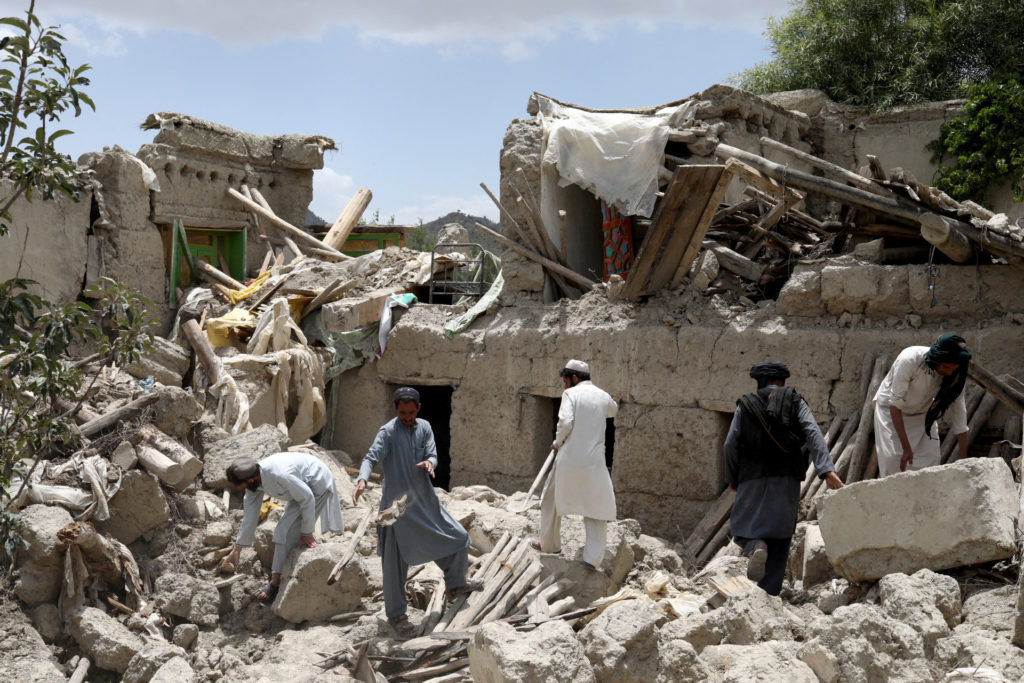
Kunar Earthquake
The Kunar earthquake is a stark reminder of how quickly life can change. In a matter of seconds, entire villages were destroyed, and thousands of lives shattered. The world is now watching to see if meaningful aid will arrive in time to save those still trapped, and to help the survivors rebuild what they have lost.
As the rescue efforts continue, the cries of Afghan villagers echo through the mountains: “We need help to pull out those still buried.”
The question remains—will the world answer that call?
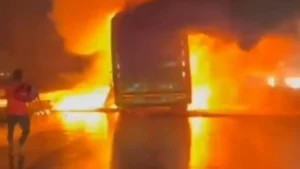



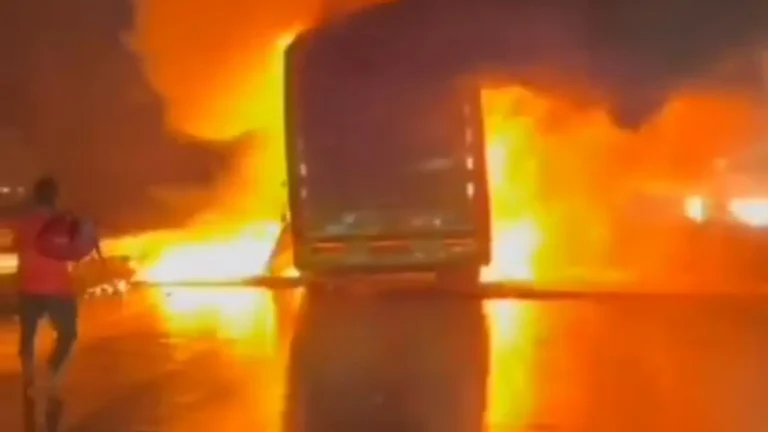


Thank you for covering this story in detail. It’s important that the world doesn’t ignore what’s happening in Afghanistan right now
Yes you are Right